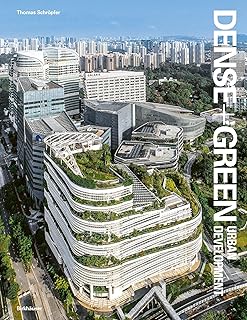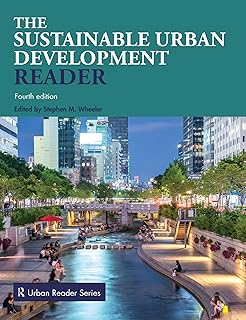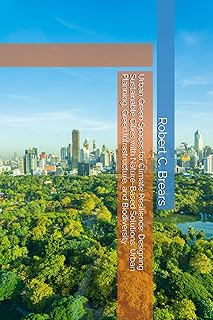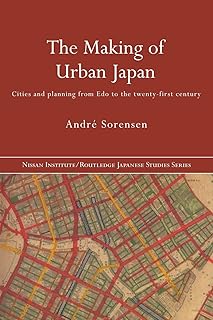The New South Wales government has announced plans to increase housing density near seven train stations in Newcastle and Lake Macquarie. These stations are part of a broader initiative to implement higher-density housing options close to key transport hubs. The move is aimed at promoting sustainable urban development and maximizing the use of existing infrastructure.
Under the “Transport Oriented Development” program, 31 train stations across Sydney, Newcastle, and Illawarra will see new planning controls within a 400-meter radius to allow for residential flat buildings in all residential zonings. In Newcastle, the identified stations include Newcastle Interchange, Hamilton, Adamstown, Kotara, Teralba, Booragul, and Morisset.
While the government’s initiative aligns with the goal of encouraging denser living arrangements near public transport nodes, it has raised concerns among local authorities. The planning controls could potentially conflict with existing council strategies, particularly evident around the Newcastle Interchange area, as outlined in the Wickham Masterplan.
Planning Minister Paul Scully has emphasized the need for increased density to address housing supply challenges. The government plans to override local council regulations if they hinder the implementation of higher-density developments near train stations. This move could potentially impact existing height restrictions and zoning regulations set by local councils.
Newcastle’s strategic planning documents have long emphasized the importance of density to meet housing demands, given the limited availability of undeveloped land in the city. While the city has been proactive in promoting infill development, the state government’s intervention near train stations could potentially alter the city’s urban planning trajectory.
The exclusion of certain suburbs like Broadmeadow and Cockle Creek from the list suggests that these areas are already earmarked for significant redevelopment projects. The government’s focus on promoting higher-density living through in-fill development aims to optimize land use and avoid the need for extensive state investment in infrastructure.
Urban development experts have welcomed the government’s strategy, suggesting that allowing taller buildings within closer proximity to train stations could better address current economic conditions and construction costs. The push for Transit-Oriented Development (TOD) aligns with global urban planning trends, emphasizing the importance of compact, mixed-use developments near public transport.
As part of the broader National Housing Accord, New South Wales aims to deliver a substantial number of new homes in the coming years to meet growing demand. The government’s rezoning efforts around key train stations reflect a broader commitment to addressing housing affordability and supply challenges across the state.
While the government’s push for higher housing density near train stations presents opportunities for sustainable urban growth, it also underscores the complex interplay between state and local planning policies. Balancing the need for increased density with local planning priorities remains a key challenge as stakeholders navigate the evolving urban landscape.
Overall, the initiative to rezone land near train stations for higher housing density signals a significant shift in urban planning strategies, aiming to create more vibrant, connected communities while addressing pressing housing needs in the region.
📰 Related Articles
- U.K. Government Commits £30 Million Boost to Music Industry
- Scottish Government Rejects Horse Racing Track Near Bannockburn Battlefield
- Queensland’s Logan City Receives $30M Boost for Housing Infrastructure
- Pioneering 3D-Printed Social Housing Project Revolutionizes Construction in NSW
- NSW Grants Revitalize Historic Theatres and Landmarks in Newcastle






